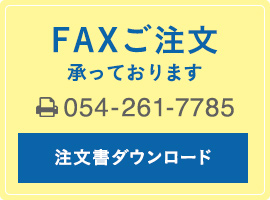Lashing belt, lashing beam
A lashing belt is an anti-tipping device that secures cargo or attaches to cargo that is prone to tipping over. Since it is a belt, it can be used in any shape as long as it can be fixed in a belt shape.
Lashing belts are mainly used for transporting cargo that is prone to tipping over.
The use of lashing belts is essential when transporting cargo that is prone to tipping over, such as basket carts and motorcycles for truck transportation. By securing the cargo with belts, you can transport it without worrying about it tipping over.
When installing, a tip fitting (terminal fitting) called a one-piece is attached to the lashing rail, and the cargo is fixed using a ratchet type tightening device.
Belts are not the only way to secure cargo. There is also a rectangular bar-shaped fixing device called a lashing beam (decking beam). This product has a one-piece metal fitting at the tip so that the length can be adjusted according to the inner width of the cargo bed. One-piece metal fittings can be installed on the left and right lashing rails, and basket carts can be fixed at the bars. When deciding whether to use a lashing belt or a lashing beam, consider the shape of the cargo to be transported.
Pay attention to the necessity of accessories when choosing a lashing belt
Some lashing belts can be used alone, but some are used in combination with accessories.
For example, the products handled by Yamada Body Works are the following products.
- Soft hook for bike tie down belt
- T-One Piece Bracket with Ring R-TP-1
Among the lashing belts, products for fixing bikes are called tie-down belts. Unstable cargo such as motorcycles is too high to be fixed at the lashing rail position on the side of the cargo bed, so it will tip over, so fix it on the floor.
Tie-down belts for motorcycles have tip fittings (terminal fittings) called open hooks, which are hooked on floor hooks and rope hooks. At this time, on the bike side, use a ratchet type tightening device after tying the handle etc. with a soft hook so as not to scratch it.
In addition, the T-one-piece metal fittings with rings are installed on the lashing rails and used in combination with lashing belts with cross hooks or open hooks. Cross hook lashing belts are generally used in combination with floor hooks and floor frame hooks for flat bodies without lashing rails installed. By using the T-one piece metal fittings with a ring, it becomes possible to use the cross hook lashing belt with the lashing rail.
Double one-piece fittings are recommended for trucks using aluminum lashing rails. Aluminum lashing rails have the advantage of being light, but the strength of the material is low, and repeated use of the same bracket position may cause bending or breakage. Not suitable for fixing heavy carts.
Double one-piece metal fittings have a structure similar to two general one-piece metal fittings arranged side by side, and can be fixed at two metal fitting positions on the lashing rail, distributing the force. When using a lashing belt, install one piece of the lashing belt on the rear end of the double one-piece fitting installed on the lashing rail. Using a double one-piece metal fitting with an aluminum lashing rail achieves the same tensile strength as using a single stainless steel lashing rail.




